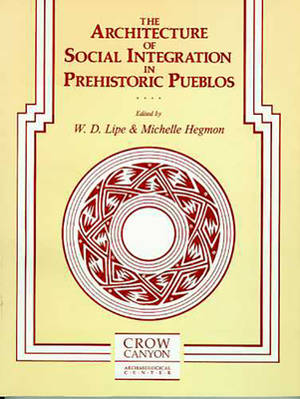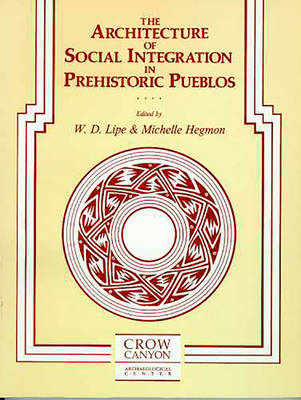
- Afhalen na 1 uur in een winkel met voorraad
- Gratis thuislevering in België vanaf € 30
- Ruim aanbod met 7 miljoen producten
- Afhalen na 1 uur in een winkel met voorraad
- Gratis thuislevering in België vanaf € 30
- Ruim aanbod met 7 miljoen producten
Zoeken
The Architecture of Social Integration in Prehistoric Pueblos
€ 35,45
+ 70 punten
Omschrijving
In this, the first in a series of Occasional Papers of the Crow Canyon Archaeological Center in Cortez, Colorado, eleven archaeologists explore new ways of looking at the social functions of prehistoric Pueblo architecture at scales of integration ranging from the household to the region. The contributors provide theoretical, historical, and cross-cultural perspectives on Pueblo architecture and social organization, and they examine the time-honored assumption that prehistoric and historic Pueblo kivas were functionally equivalent. They also consider the development of plazas and other public structures in relation to changing community organization and evidence that kivas and related structures were loci for material and information exchange.
Specificaties
Betrokkenen
- Uitgeverij:
Inhoud
- Aantal bladzijden:
- 175
- Taal:
- Engels
- Reeks:
- Reeksnummer:
- nr. 1
Eigenschappen
- Productcode (EAN):
- 9780962464003
- Verschijningsdatum:
- 1/01/1989
- Uitvoering:
- Paperback
- Formaat:
- Trade paperback (VS)
- Afmetingen:
- 215 mm x 277 mm
- Gewicht:
- 508 g

Alleen bij Standaard Boekhandel
+ 70 punten op je klantenkaart van Standaard Boekhandel
Beoordelingen
We publiceren alleen reviews die voldoen aan de voorwaarden voor reviews. Bekijk onze voorwaarden voor reviews.










